An editorial in the New York Times complains about the slow death of the writer's five-year-old iPad mini, while still noting that everything about it functions fine — if not in the eternally new fashion the author demands.
In the piece published on Wednesday, author John Herrman waxed poetic about his iPad mini that he bought five years ago, just after the launch of the line.
"If my old iPad could talk, it might ask me what has changed. If it could feel indignant, it might suggest that it isn't the problem, and that everyone and everything else is," Herrman wrote. "While it would be wrong according to the logic of its creation, it wouldn't be incorrect."
"Above all, my old iPad has revealed itself as a cursed object of a modern sort," he said. "It wears out without wearing. It breaks down without breaking. And it will be left for dead before it dies."
But hardware no longer supported by OS updates is hardly gear that is "left for dead."
The hardware
For those not intimately familiar with the iPad mini in question, it debuted on Oct. 23, 2012. In an age of Retina displays, it was Apple's last iPad to not feature the display, paired with an A5 processor.
There are two ways to look at the A5 chip in the iPad mini. It is either a smaller version of the iPad 2 released 18 months prior, or a contemporary to the iPad fourth-generation released on the same day as the iPad mini, but boasting the A6X chip.
Not only is the processor in the iPad fourth-generation much faster from a sheer clock-speed perspective, but it has more GPU cores, and a much wider memory bus. As a result, the A6X is a full three times faster in nearly every performance metric, with many benchmarks being four times faster.
This doesn't even include the 512 megabytes of application RAM in the iPad mini, versus the 1-gigabyte in the fourth-generation iPad. Or Wi-Fi with MIMO on the larger iPad.
So, from the day of purchase, the author may have boxed himself into a corner with a cheaper model (which sold for $329 when he bought in early 2013). But the truth of the matter about the hardware's utility today is radically different.
The cost per day
The author notes that he purchased the 16-gigabyte iPad mini just after launch, priced at $329.
Let's also assume that he bought it five years ago today. That's 2192 days ago, which we'll round to 2000 for more conservative math.
That works out to a cost of less than 17 cents per day, before taxes.
Seems like a pretty good return on investment. And that's also assuming it's in the junk drawer as we speak — and it shouldn't be.
The original iPad mini, in 2018
There are three original iPad minis in this author's house, in daily use. Right now, the kids are home because of some inclement weather nearby, and they are both happily listening to Apple Music. While I'm working, instead of yelling up the stairs, I summon one or the other with a FaceTime call, with no issue.
When one of the kids wants Lego instructions, he happily delves for them sitting next to me on Safari. The youngest doesn't have relatively unfettered Safari access yet, but she can either get her brother to do it for her, or watch time-lapse builds on YouTube Kids under our supervision.
To them, paper books are equivalent to what is still iBooks on the iPad mini. They can talk to their Nana just fine on it. They continue to refine their reading skills on it, with any one of a pile of Disney interactive storybooks, Endless Reader, or any one of literally thousands of educational apps that somehow, magically, still work under iOS 9.
Based on the editorial, I'm not certain how much Herrman has delved into the App Store. If he taps on an app he wants for his iPad, even if he can't use the newest and greatest, very nearly everything has a version that still works on his iPad mini — and the App Store will happily install it.
At risk of ruining my reputation of using only the newest Apple gear, we have a couple of first-generation 2010 iPads, not iPad minis, that we dole out for tasks like comic book reading, eBook consumption, and very basic surfing given the processor in it is about one-third the speed of the iPad mini in question.
They still work fine, and we still download apps from the App Store. Even the relatively heavy original iPad is far lighter than a bag of books, or a long-box of comics.
From a software perspective, Apple's walled garden approach makes an old iPad easier to maintain than an old PC.
It's his gear, and he can throw it in a wood chipper if he's so inclined
I'm not making the argument that Apple gear is eternal and half-decade old gear is just as fast as new gear it — because it is plainly not. Herrman can relegate his iPad mini to obsolescence whenever he wants — that's his prerogative. But, it seems irresponsible to do so, given that he confesses in the piece several times that the hardware works fine to do exactly what he says he bought it do do five years ago.
He also notes that older PCs once retired after a five-year run can be relegated to spares, to play old games, or perform similar tasks. There's no reason why his iPad mini can't be used to play old games, for the reasons I enumerated before. And, thanks mostly to physics and Intel, there hasn't been an equivalent leap in PC speed over the last five years that there has in mobile processing — further making for a bad comparison.
Is the iPad mini as agile with the escalation of software's demands on hardware as he may like? No — but it wasn't the top of the heap when he bought it five years ago. In the history of computing there have been very few devices bought at the low end that have dealt well with a major OS update five years later.
Will it run software specifically designed for iOS 10 or iOS 11? No. Is it best put in the junk drawer, never to be heard from again? Also no.
"Perhaps the best option is to sell my old iPad overseas to a consumer who understands what it is," writes Herrman, "Not quite an iPad, but nevertheless a machine that will still chat, that will manage FaceTime, that can receive email or maybe take payments for a shop."
Maybe he should find somebody probably 250 yards away from his junk drawer, and see if they want it for the $40 he bemoans that he'll be granted if he turns it in for recycling. We agree that it's old gear — but not useless as suggested by any remote stretch of the imagination.
And, when he's done with that, maybe he should dole out $329 retail — around $300 street price — for the new A9 powered iPad released last year. I suspect he'd get at least another five years out of it, for just pennies a day.
 Mike Wuerthele
Mike Wuerthele
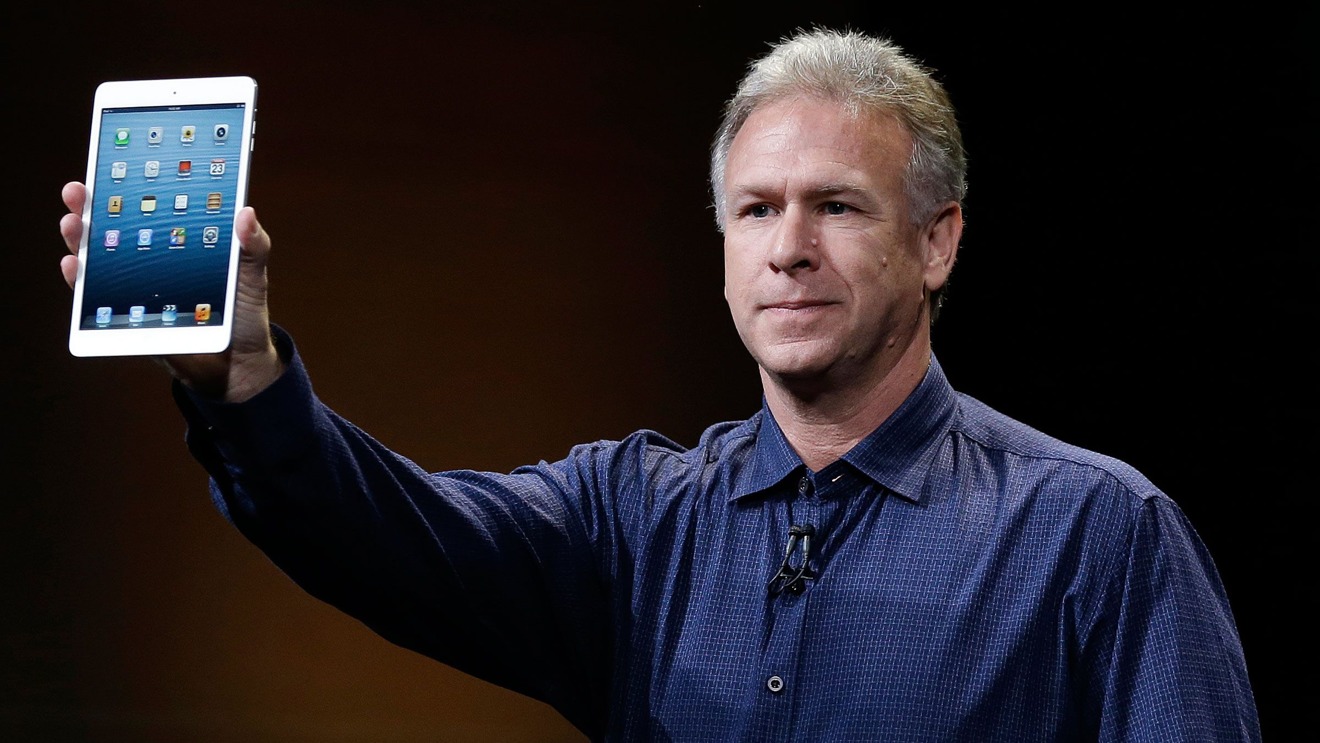
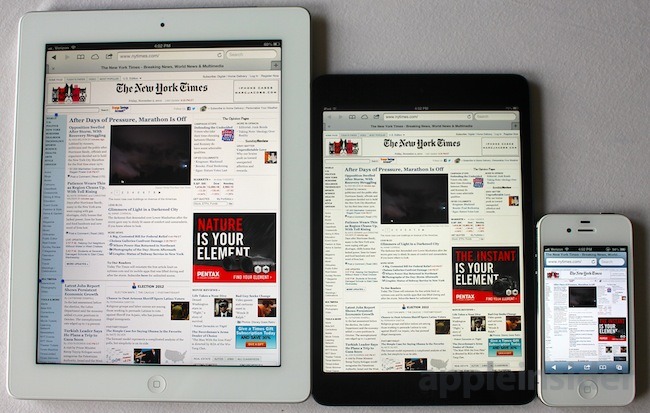
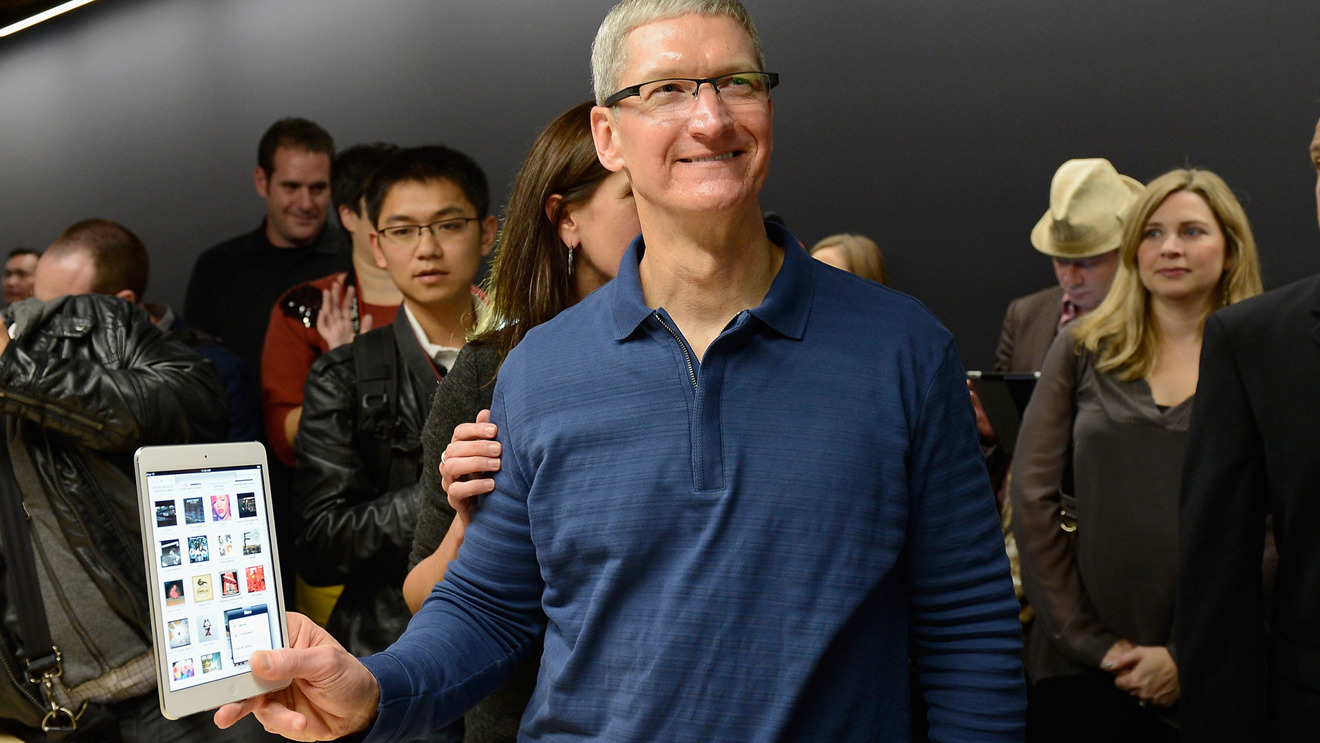
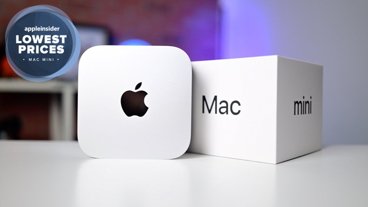
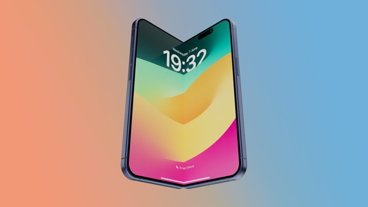
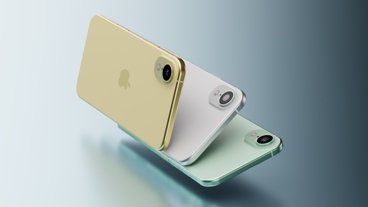




-m.jpg)






 Chip Loder
Chip Loder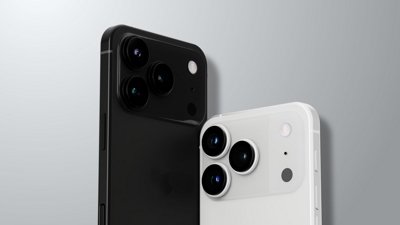
 Wesley Hilliard
Wesley Hilliard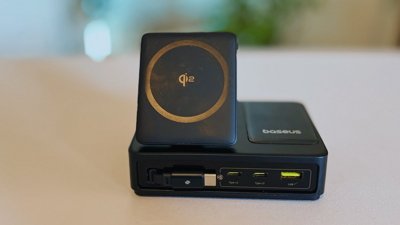
 Amber Neely
Amber Neely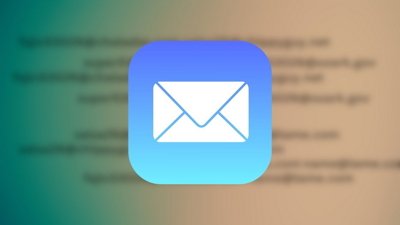
 Marko Zivkovic
Marko Zivkovic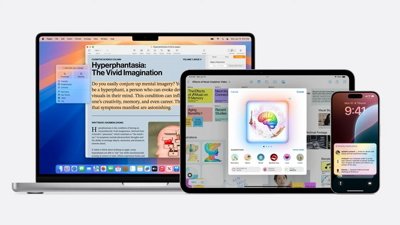
 Malcolm Owen
Malcolm Owen
 Andrew O'Hara
Andrew O'Hara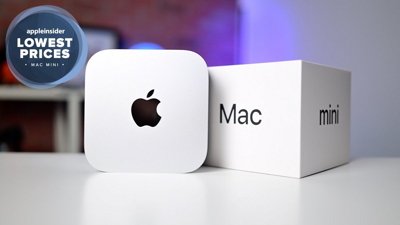
 Christine McKee
Christine McKee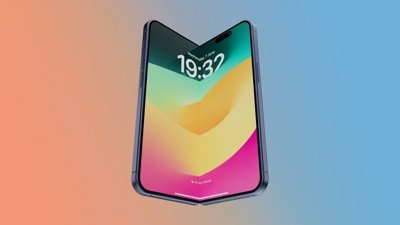
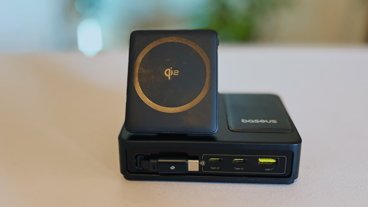

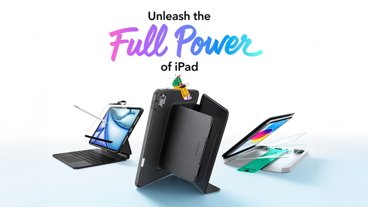







64 Comments
I had the next Mini (with the Retina) until recently. It worked fine browsing the web and doing basic things. But it did get laggy when trying to multitask between, say Spotify, Facebook, and iMessage texting. I wasn’t using it as much anymore so I sold it. But it still worked fine and I’m sure someone can get use out of it. I also have an old iPhone 5C. Sure it can’t run the latest OS, and it’s not super fast, but it still works fine as a backup phone.
I think the NYT article is fair.
Haters gonna Hate! PLUS it creates clicks/views on his Opinion, …..which in the end, Is The Most Important Reason Of All, For Writing The Opinion
This article has kind of a butthurt tone to it. There are plenty of valid complaints about the support of old devices by Apple - not the least of which is one that the NYT author doesn't even touch on: security. Older versions of Windows get security support for 10+ years. macOS devices can expect to have a similar life span, though Apple is annoyingly silent about when or even whether it has dropped support for any given macOS version. But if you buy an iOS device, in a mere 5 years you won't be able to run the absolute latest iOS, and Apple almost never releases patches for anything but the latest iOS.
5 years might be more than you'd get in practice from a typical Android tablet/phone, but Windows-based tablets such as the Surface will probably enjoy the full 10+ year lifespan as their desktop counterparts, at least when it comes to patches.